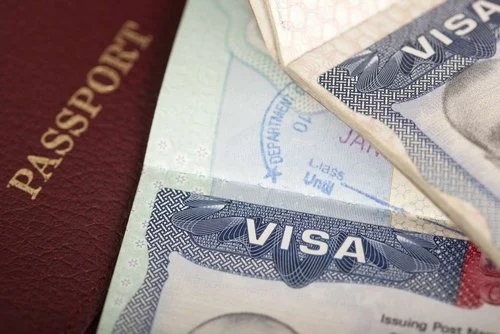The U.S. H-1B visa—long coveted by Indian engineers, IT professionals, and STEM graduates as a pathway to American opportunity—just got much more expensive. A new policy, effective September 2025, imposes a $100,000 one-time application fee for new H-1B petitions, a tenfold (or more) increase over previous requirements. So, who is truly affected by this seismic shift, and what does it mean for Indian immigrants and the companies that sponsor them?
The Reality of the Fee Structure (2025 Edition)
Unlike prior fee changes that added a few thousand dollars per petition, this is a single, upfront $100,000 cost for each new H-1B applicant filed from outside the United States. This does not apply to renewals, holders already in the U.S., or extension requests. The Trump administration says the move is meant to steer companies toward hiring U.S. citizens and reduce over-reliance on imported labor[bbc][aljazeera][thehindu].
Why Indian Applicants Are Hit Hardest
Indians received over 70% of all H-1B approvals in 2024—more than 280,000 visas, miles ahead of any other nationality[bbc][thehindu]. Young Indian STEM graduates, particularly women (who make up the largest proportion of new high-skilled applicants), are among those most affected[thehindu]. The financial burden:
-
Makes it nearly impossible for smaller companies and startups (where fees can’t be absorbed easily) to sponsor Indian talent.
-
Incentivizes U.S. multinationals to either hire locally or move more technical and engineering roles offshore.
-
Increases the importance of being a “superstar” candidate—companies will be significantly more selective if covering such a high fee.
Broader Impacts: Career, Family, and Competition
Longer waits, fewer offers: With higher costs, companies are likely to submit fewer H-1B petitions overall, meaning even more intense competition for limited slots. The annual cap remains unchanged, making the lottery less accessible for new applicants.
Fuel for global rivals: Countries like Canada, Australia, and Germany—which have less expensive, more predictable skilled-work visa programs—are already reporting a spike in interest from Indian workers discouraged by new U.S. barriers[aljazeera].
Stalled aspirations: Young professionals may delay or abandon U.S. ambitions, and some families in the immigrant pipeline now face years of uncertainty or the prospect of changing plans entirely.
The Company and Industry Perspective
For U.S. firms—especially in tech, engineering, and research—the H-1B fee hike could prove double-edged.
-
Large consulting and outsourcing companies (Infosys, TCS, Wipro) face the steepest bill. This may reduce their presence in the U.S. market or prompt them to pass costs onto clients[bbc][thehindu].
-
Startups and SMEs: Many will simply stop applying for new H-1Bs.
-
There are also worries about the U.S. losing its longstanding edge as a magnet for global STEM talent, as tighter policies drive talent elsewhere.
What Can Aspiring Applicants Do?
-
Negotiate with your employer: Some major firms will still pay the fee for exceptional talent. Make your case for sponsorship.
-
Consider alternative countries: Explore easier/more affordable options such as the Canadian Express Entry, the German Blue Card, or Australia’s points system.
-
Broaden your U.S. visa research: The L-1 (internal transfer), O-1 (extraordinary ability), or even student/work exchange visas may fit some profiles better.
-
Stay informed: U.S. visa rules can change with administrations and court challenges. Flexibility is essential.
Looking Ahead
The H-1B fee hike is not just a fiscal hurdle; it portends a shift in global talent flows—with Indian professionals, and the employers who rely on them, forced to rethink traditional migration pathways. While the U.S. IT and engineering sectors’ appetite for skilled Indian talent remains high, it’s clear that the “American Dream” will now require either much deeper pockets or a willingness to look further afield.

